BMP180 Sensor: Complete Guide to Features, Specifications, Working, and Applications
The BMP180 sensor is a high-precision digital barometric pressure sensor widely used for measuring atmospheric pressure and temperature. This detailed guide covers its key features, specifications, working principle, and practical applications. Learn how the BMP180 delivers accurate environmental data for various projects, along with benefits and usage tips to ensure reliable and efficient performance.
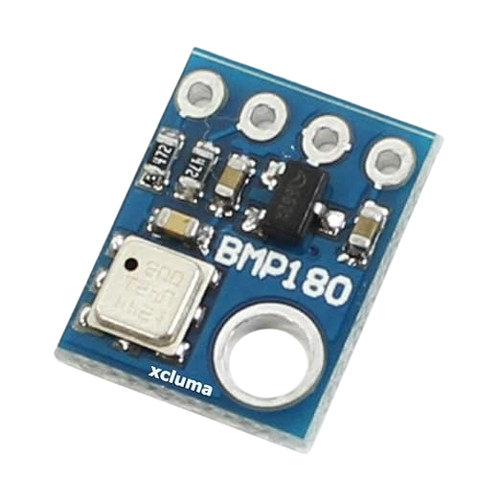
Device Overview
Introduction
The BMP180 sensor is a small but very powerful digital device made for measuring barometric pressure and temperature. It is designed by Bosch Sensortec and is known for its high accuracy, low power usage, and tiny size. You will often find it in gadgets like weather monitors, GPS systems, altimeters, and even in mobile devices.
The BMP180 is an updated and improved version of the older BMP085 sensor. It works with digital communication protocols like I²C and SPI, which means it can easily connect to microcontrollers, processors, and other devices.
In this guide, we will look at what BMP180 is, its features, specifications, how it works, advantages, applications, different module types, and a practical example so you can understand it completely.
What is the BMP180 Sensor?
The BMP180 is a digital barometric pressure and temperature sensor that can measure air pressure very accurately. It can also calculate altitude based on the pressure readings. The sensor uses piezoresistive technology inside a small silicon chip, which makes it very stable and reliable over time.
Because of its small size (only a few millimeters across), it can be placed inside compact devices. It also consumes very little power, which makes it great for battery-powered gadgets.Main Features of BMP180 Sensor
-
High Accuracy – Pressure accuracy of ±0.12 hPa.
-
Temperature Reading – Built-in temperature sensor with ±1°C accuracy.
-
Small and Lightweight – Only 3.6 × 3.8 × 0.93 mm in size.
-
Low Power Use – Uses just 3 μA at 1 Hz measurement rate.
-
Wide Pressure Range – Works from 300 hPa to 1100 hPa.
-
Altitude Calculation – Can calculate altitude from pressure data.
-
Digital Interface – Works with I²C and SPI communication.
-
Reliable – Designed for long-term stable performance.
Technical Specifications of BMP180
| Specification | Value |
|---|---|
| Supply Voltage | 1.8V – 3.6V |
| Interface | I²C / SPI |
| Pressure Range | 300 – 1100 hPa |
| Pressure Accuracy | ±0.12 hPa |
| Temperature Accuracy | ±1°C |
| Operating Temperature | -40°C to +85°C |
| Power Consumption | 3 μA (typical) |
| Size | 3.6 × 3.8 × 0.93 mm |
How Does the BMP180 Work?
The BMP180 works using the piezoresistive effect. Inside the sensor is a very thin silicon membrane with special resistive elements. When the air pressure changes, this membrane bends slightly, which changes the resistance. The sensor measures this change and converts it into an electrical signal.
A built-in ADC (Analog-to-Digital Converter) then changes this signal into a digital value, which can be read by a microcontroller. The sensor also measures temperature so it can correct and improve the accuracy of the pressure reading.
Types or Variants of BMP180
There are mainly two forms of the BMP180:-
Bare BMP180 Chip – Just the original chip for advanced designs.
-
BMP180 Module / Breakout Board – A ready-to-use board with extra components like voltage regulator and pins for easy wiring.
Advantages of Using BMP180
- Gives very accurate results.
- Uses very little power, good for battery devices.
- Measures both pressure and temperature.
- Works in many environmental conditions.
- Can be used in compact designs.
Common Applications of BMP180
The BMP180 is used in many devices and industries, including:-
Weather Stations – For air pressure and temperature monitoring.
-
Altitude Measurement – Used in drones, aircraft, and sports devices.
-
GPS Systems – Improves GPS accuracy by adding altitude data.
-
Environmental Monitoring – For lab and field measurements.
-
Mobile Devices – In smartphones and wearables for location services.
Example: Reading Pressure and Temperature with BMP180
Goal: To measure and display atmospheric pressure, temperature, and altitude.
You Need:
- BMP180 module
- Any microcontroller (e.g., Arduino, ESP32, Raspberry Pi)
- Jumper wires
- Optional: LCD display
Steps:
- Connect BMP180 to the microcontroller via I²C (SDA and SCL pins).
- Power it with 3.3V.
- Use a BMP180 library in your code.
- Read the data and display it on serial monitor or LCD.
Sample Output:
Pressure: 1012.85 hPa
Altitude: 72.5 m
Conclusion
The BMP180 sensor is a small but highly accurate tool for measuring air pressure and temperature. Its low power usage, compact size, and reliable performance make it a perfect choice for many applications such as weather monitoring, GPS systems, and altitude tracking.
Whether you are building a simple environmental gadget or adding advanced features to a product, the BMP180 is a great choice. Understanding its features, specifications, and working will help you use it effectively and get accurate results every time.
Where to Buy
| Platform | Price | Action |
|---|---|---|
|
|
₹65 | Buy Now |
Prices may vary. Click on "Buy Now" to check current availability and pricing.
Administrator
Frequently Asked Questions
Common questions about BMP180 Sensor: Complete Guide to Features, Specifications, Working, and Applications. Find answers to the most frequently asked questions.
User Reviews & Comments
Share your experience with this IoT device. Your feedback helps our community make informed decisions!
Share Your Experience
Help others by sharing your thoughts about this IoT device.
Related Devices
Explore more IoT devices in the same category
Discover how the Ultrasonic Sensor HC-SR04 works and how to use it in IoT projects. This detailed guide covers its working principle, pin configuration, interfacing with Arduino, applications in smart systems, and complete circuit setup. Ideal for beginners and IoT developers looking to integrate distance sensing in real-time projects.
A vibration sensor is a crucial device used to detect and measure vibrations in machines, structures, and environments. This complete guide covers how vibration sensors work, their different types, applications across industries, and factors to consider before selection. Learn how these sensors improve safety, enhance performance, and prevent costly equipment failures.
Discover everything about IR sensors used in modern IoT applications. Learn their types, working principles, interfacing methods, and real-world uses. This complete guide helps developers and engineers choose the best IR sensor for smart electronics and automation projects with reliable performance.
Discover how photoresistors (LDRs) work in IoT projects. Learn about their functions, real-world applications, circuit integration, and why they are essential in modern smart systems. This detailed guide helps electronics and IoT enthusiasts understand light sensors and their role in automation. Perfect for students, hobbyists, and developers looking to build smarter, light-based solutions.
The Hall Effect Sensor is a key electronic component that detects magnetic fields and converts them into electrical signals. Widely used in IoT devices, robotics, and industrial systems, this sensor provides accurate, contactless, and reliable performance. In this blog, we explain how the Hall Effect Sensor works, its types, advantages, and real-world applications. From current measurement to speed detection, it plays a vital role in automation and smart technology.
Reed Switch is a simple but powerful electronic component widely used in IoT devices and smart applications. This complete guide explains its working principle, different types, key advantages, and real-world applications. Whether you are an engineer, student, or IoT enthusiast, understanding Reed Switch technology helps in building efficient, reliable, and cost-effective projects with modern sensor solutions.
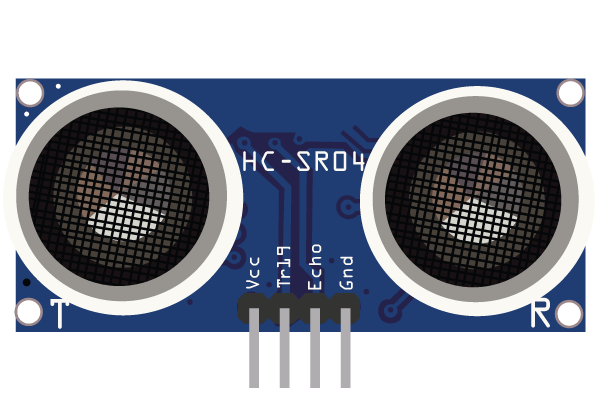
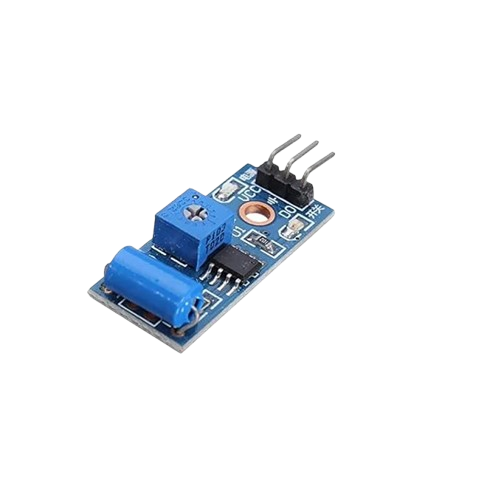
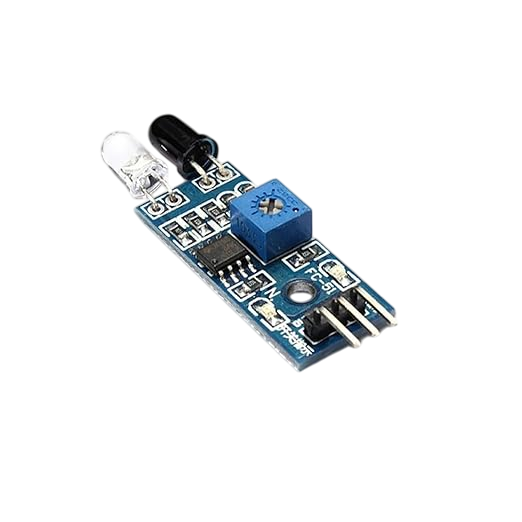

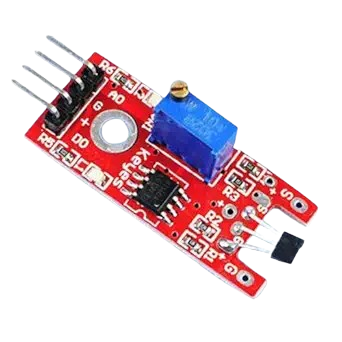
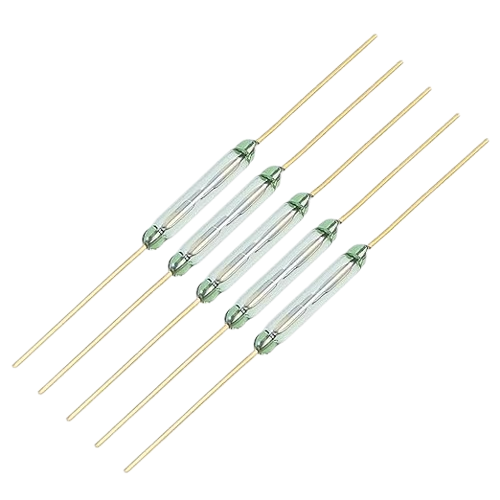
No Reviews Yet
Be the first to share your experience with this IoT device!